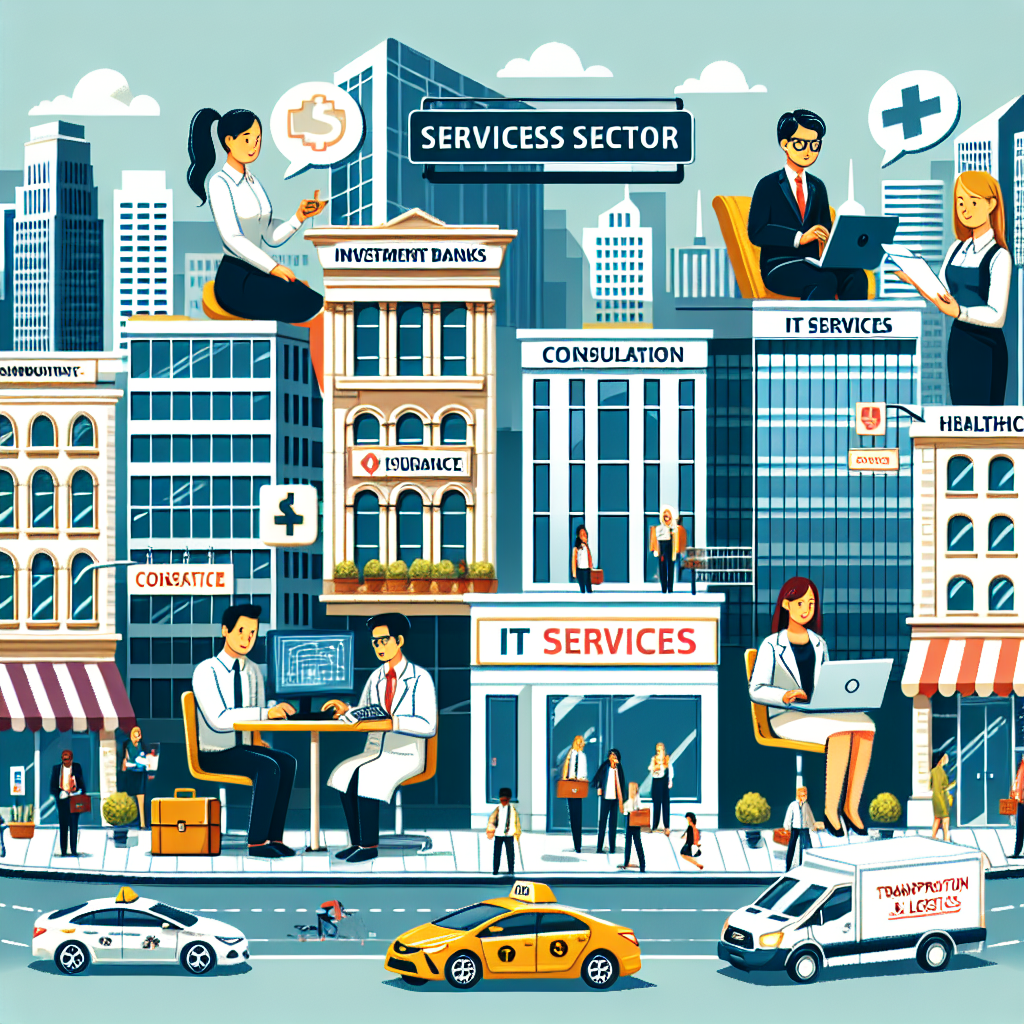U.S. Services Sector Stagnation: Tariffs and Labor Market Woes
U.S. services sector activity stalled in September driven by a sharp slowdown in new orders and subdued employment. The Institute for Supply Management's PMI fell to breakeven, highlighting sluggish labor market conditions amid tariffs and reduced worker supply. Economists foresee potential Federal Reserve rate cuts to counteract these issues.

The U.S. services sector encountered stagnation in September, primarily due to a significant deceleration in new orders and a subdued employment landscape. The latest survey from the Institute for Supply Management (ISM) revealed a drop in the nonmanufacturing purchasing managers index (PMI) to the breakeven level of 50. This development, coupled with a U.S. government shutdown delaying key employment data, highlights vulnerabilities in the labor market.
Backlogs and export orders continued their subdued trends, with employment in the services sector contracting for the fourth consecutive month. A slump in worker demand, partly attributed to tariffs and the rise of artificial intelligence, has stagnated the labor market. Additionally, immigration raids have further tightened the labor supply, trapping the job market in a state of paralysis. The Chicago Federal Reserve estimated the unemployment rate held steady at 4.3% in September, reflecting these dynamics.
Economists anticipate that the Federal Reserve may respond to this lackluster labor environment with interest rate cuts. Since September, the central bank has resumed easing policy, lowering the benchmark overnight rate to aid the labor market. Despite these measures, the full impact of inflationary tariffs looms, with a rate cut not guaranteed. Prices paid by businesses have inched upward, driven by rising costs in airlines, restaurants, and hospitality sectors.
(With inputs from agencies.)
ALSO READ
Wall Street's Optimistic Opening Amid Federal Reserve Speculation
U.S. Manufacturing PMI Shows Signs of Life Amid Tariff Challenges
US Supreme Court allows Lisa Cook to remain as a Federal Reserve governor for now, reports AP.
Supreme Court Keeps Lisa Cook at Federal Reserve
Historic Battle over Federal Reserve Governance: Lisa Cook's Legal Struggle










